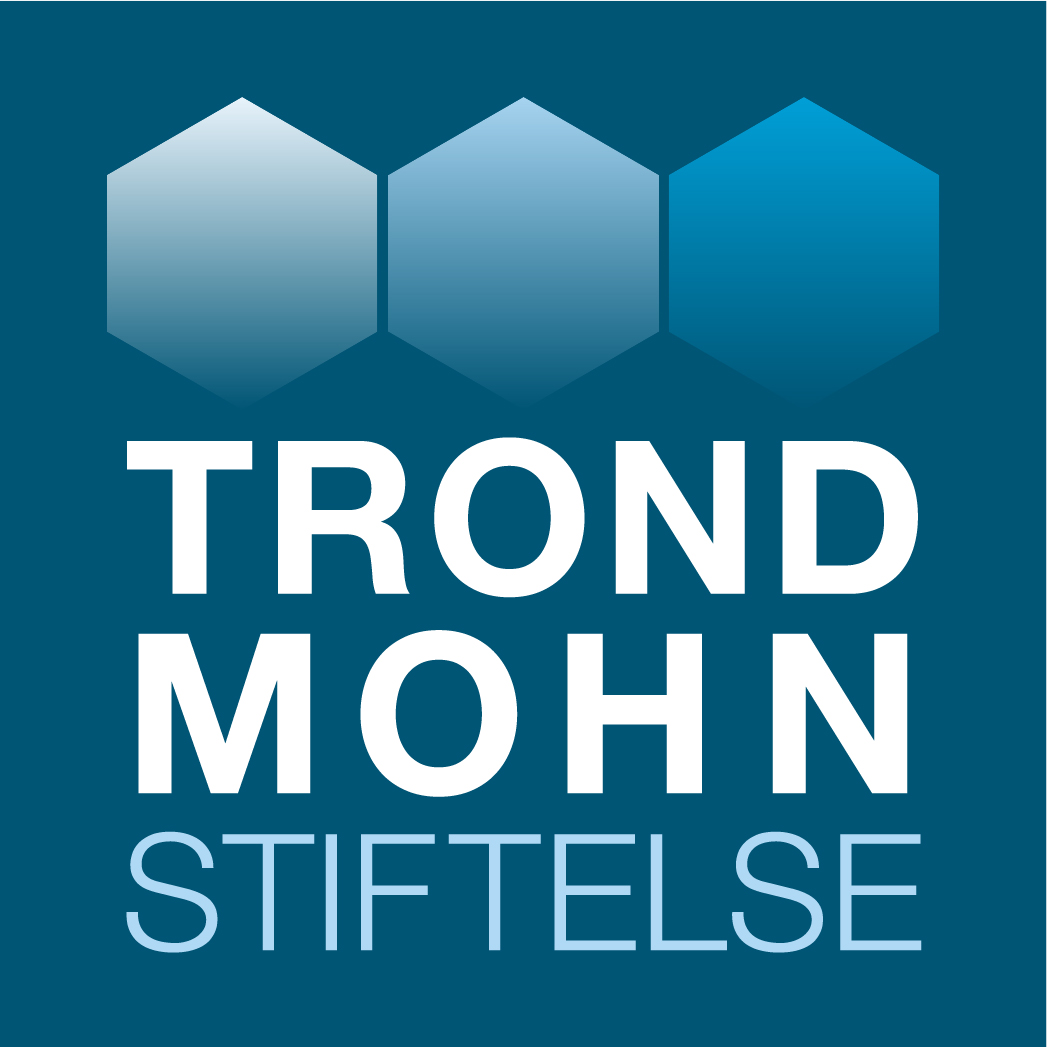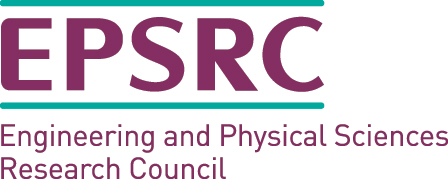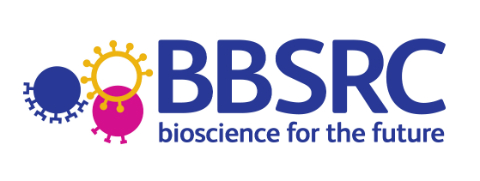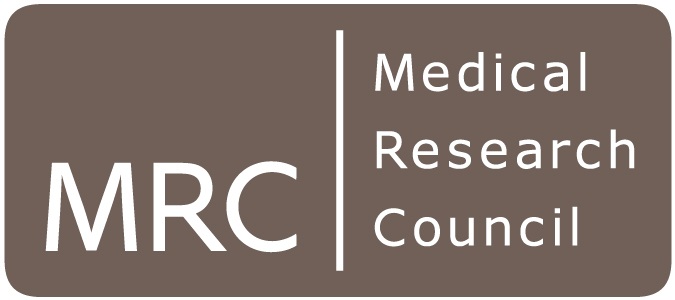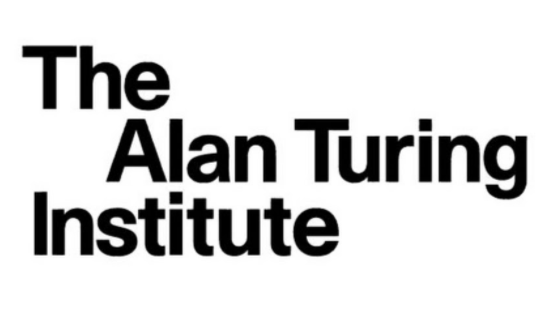
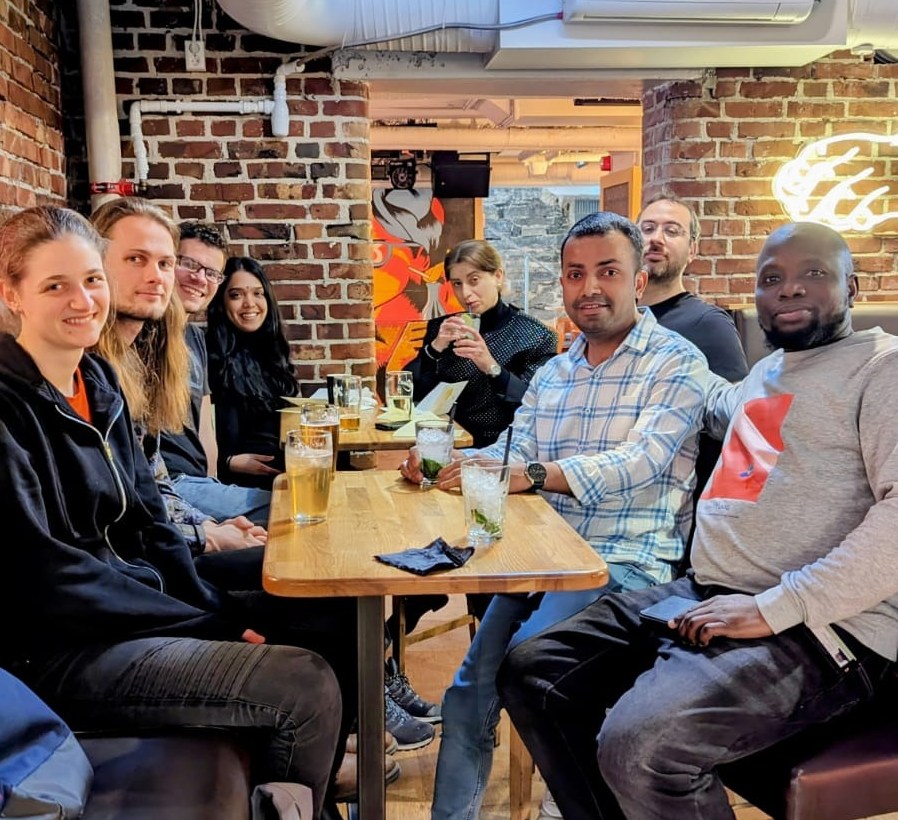
People
Iain Johnston (Group Leader)
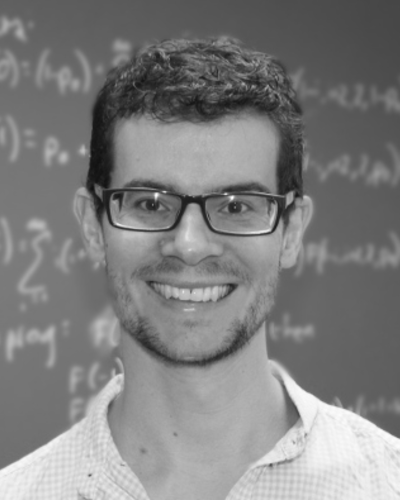
|
Iain is a Professor in the Faculty of Mathematics and Natural Sciences at the University of Bergen. His undergraduate was in Natural Sciences at Cambridge and his doctorate was in Theoretical Physics at Oxford with Ard Louis. He did a postdoc with Nick Jones at Oxford, focussing on how mitochondria vary within and between cells. He then moved to the Department of Mathematics at Imperial College London to take up an independent MRC research fellowship, studying the role that physical and genetic variability in mitochondria play in human disease and plant bioenergetics. He then took a Birmingham Fellowship in the University of Birmingham School of Biosciences to develop laboratory and fieldwork approaches to study plant organelles in parallel with a Turing Fellowship from the Alan Turing Institute, before moving to sunny Bergen. |
Kazeem Dauda

|
Kazeem is a postdoctoral fellow in the research group HyperEvol: Combatting Antimicrobial Resistance (AMR) funded by Trond Mohn Stiftelse (TMS) in connection with Centre for Antimicrobial Resistance (CAMRIA). He is working on genetic features of gram-negative bacteria (particularly Klebsiella pneumoniae and Escherichia coli) that are linked to the propensity of Extended Spectrum BetaLactamase (ESBL) production. Clusters of genes features will be identified and fed through into hypercubic inference to learn and predict pathways by which AMR evolves in different regions and countries. Kazeem is also interested in advanced statistical learning, data science, and machine learning (supervised, unsupervised and semi-supervised learning). |
Robert Glastad
Robert is a PhD student funded by the University of Bergen. He is combining metabolic and stochastic modelling to explore the interplay between physical, genetic, and metabolic dynamics in the mitochondrial populations of cells. Robert's papers with the group include: Avoiding organelle mutational meltdown (PLoS Biol 2021). |

|
Rajneesh Kumar
Rajneesh is a PhD student funded by UiB. Following a BSc in maths (Delhi) and MScs in applied maths (IIT Mandi) and oceanography (Southampton via the Commonwealth Scholarship scheme), he is studying the causes and influences of heterogeneous energy supply in cell and evolutionary biology, capturing the dependence of life's essential process on ATP. His research uses models and simulation to explore how ATP variability arises within and between cells, and the consequences of this behaviour for cell biology, population dynamics, and the evolution of co-operation and competition. |
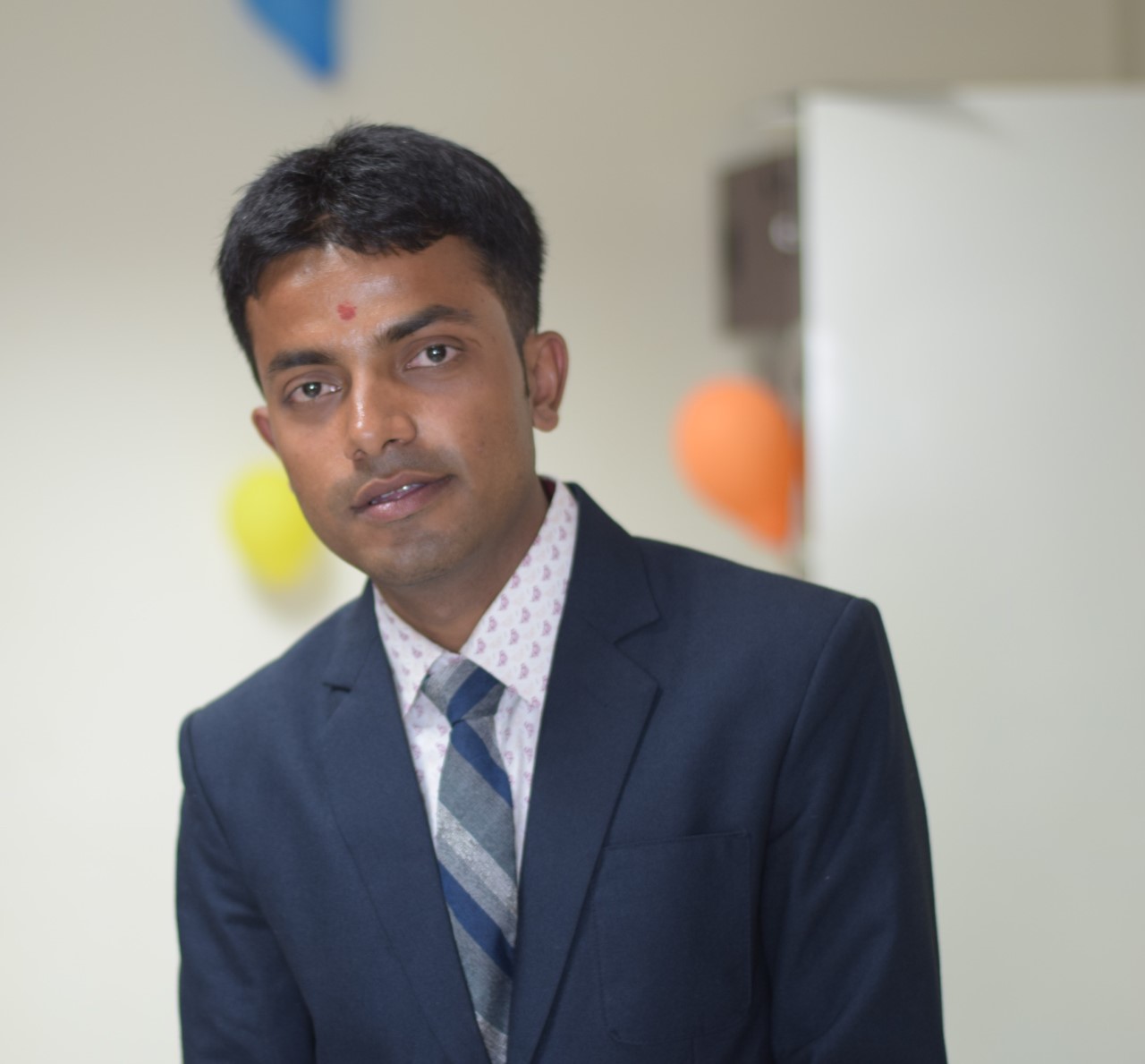
|
Jessica Renz

|
Jessica is a PhD student in the CAMRIA HyperEvol project. After completing her BSc and MSc in Mathematics at the University of Stuttgart, as well as a degree in biology as part of a teaching programme, she is working now with hypercubic models to learn and predict the evolutionary pathways of antimicrobial resistance. In her research she is interested in understanding those evolutionary processes with the help of models both from a statistical point of view, but also with the help of pure mathematics like algebra and geometry. |
Olav Aga

|
Olav is a medical student investigating how bacteria acquire multidrug resistance. His current focus is inherent evolutionary mechanisms in Klebsiella pneumoniae. He is interested in how methods developed in the research group can be applied in the clinic. Olav is developing an R-library enabling clinicians to use hypercubic inference tools. Before studying medicine, Olav completed a bachelor's degree in informatics at the University of Oslo. He is enrolled in the Medical Student Research Programme at UiB and is currently doing a full-time year of research based at the Computational Biology Unit. |
Alumni
In addition to the folks below, many gifted Masters students have also worked with the group before its current incarnation, including projects that received the Tessella prize for research software, and those which led to publications on network evolution, mitochondrial dynamics, and DNA self-assembly.
Belén García Pascual
Belén was a PhD student funded by the ERC through EvoConBiO. She worked with mathematical models to explain gene retention by organelles throughout evolutionary history, together with multi-scale biological systems; also using ideas from topological data analysis to understand evolutionary inference. Her papers with the group include oDNA gene retention; sea anemone physiology; comparing transition graphs. She went on to a postdoc with SEFAS.Fábio Dias Correia de Oliveira
Fábio was an MSc student, working for his thesis on understanding and predicting the dynamics of Norwegian power markets. He completed his MSc in parallel with working at Eviny, and continued there.
Maria Johansen
Maria was a researcher funded by the ERC through EvoConBiO, exploring how organelle genomes have evolved over time, and how modern-day cells control these populations to survive. Her background is cancer research and evolutionary cell biosciences from university of Oslo. She went on to work with as a senior research adviser at UiB.
Shibani Veeraragavan
Shibani was a postdoctoral researcher funded by the EvoConBio project. She worked on exploring the evolution of mitochondrial DNA populations in cells and the way in which cells optimize the processes involved. She worked on the biophysical modelling of flagella during her PhD and the optimization of employee rosters during her undergraduate in Chemical Engineering. She is broadly interested in understanding how cells evolve and adapt to their dynamic environments. She went on to work with SciLife Lab in Sweden.
Kostas Giannakis
Kostas was a postdoc funded by the ERC through EvoConBiO, exploring the links between organismal lifestyle and organelle genome structure, the ongoing games played between organelles and their host cells, and theoretical (but useful!) questions related to processes on graphs and networks. Kostas' personal site is here and his papers with the group include: Avoiding organelle mutational meltdown; oDNA gene retention; oDNA and environments; plant mtDNA; coupled cpDNA and mtDNA. He went on to work with the Norwegian Public Health Institute.
Arunas Radzvilavicius
Arunas joined us as a Visiting Fellow to explore the evolutionary effects of mitochondrial diversity and genome integrity across multiple biological scales. He studies fundamental processes that generate and regulate mitochondrial diversity within cells, organisms and populations -- working towards developing a theory of eukaryotic sex evolution based on the interplay between mitochondrial and nuclear genes. Arunas' papers with the group include: Avoiding organelle mutational meltdown (PLoS Biol 2021); mitonuclear linkage and sex (J Evol Biol 2021). He went on to work with Nature Human Behaviour.
Sam Greenbury
Sam was a postdoctoral researcher affiliated with the EPSRC Centre for the Mathematics of Precision Healthcare at Imperial College. He went on to continue postdoc work at Imperial College. Sam's papers with the group (including prior to its current incarnation) include: Evolvability, robustness, and network topology (JTB 2010); Modelling quaternary structure (Interface 2014); Malaria risk and progression pathways (npj Digital Medicine 2019). he went on to further postdoctoral work at Imperial.
Joanna Chustecki
Jo was a PhD student funded by the BBSRC MIBTP scheme, working on the dynamics of mitochondria in plant cells. She used confocal microscopy, physical modelling, and network science to explore the relationships between mitochondria in cells and how these relationship may benefit the organism. Jo's papers with the group include: Avoiding organelle mutational meltdown (PLoS Biol 2021), mitochondrial "social networks" in plants, and how they adapt to challenges. Also check out her outreach site about mitochondrial motion in plants! She went on to a postdoc in Nebraska.
Ryan Kerr
Ryan was a PhD student funded by the Wellcome Trust. He worked on how cell decisions lead to antimicrobial resistance behaviour, and the role of intracellular energy levels in shaping these decisions, using a combination of microbiology, microscopy, and mathematical modelling. Ryan's papers with the group include how energy affects cellular decisions and how energy affects efflux pumps. He went on to work in data scienceClare Ziegler
Clare was a PhD student funded by the Birmingham Institute for Forest Research (BIFoR). She worked on using mathematical modelling and statistical approaches to identify the mechanisms governing plant root growth in complex environments and in response to climate change. Clare's papers with the group include: Inference for root architecture (Interface 2019) and tree root behaviour under elevated CO2. She went on to work in data science.
Marcus Moen
Marcus joined us as a project student, following a bachelor's degree in statistics and data science from the University of Bergen. He did his bachelor thesis with Iain, where he worked on comparing HyperTraPS with hidden Markov models. After the thesis, he started working with the group with adopting and implementing the Baum-Welch algorithm to evolutionary and progressive dynamics on hypercubic transition graphs, publishing (HyperHMM. He secured a prestigious Aker Scholarship and went on to further study at Berkeley.
Charlotte Bowles
Charlotte was a Masters student working on stochastic modelling of mitochondrial fission and fusion, and how these physical processes couple to the genetic structure of cellular mtDNA populations. Charlotte's papers with the group include: Mitochondrial networks and mtDNA dynamics (Genetics 2019). She went on to work in the charity sector.
Yusra Monem
Yusra was a Masters student working on the structure of mitochondrial networks.
Peipei Wang
Peipei was a Masters student working on metabolic modelling of plant bioenergetics.
Yawen Chen
Yawen was a Masters student working on mitochondrial motion in plant cells.
Sam Arrowsmith
Sam was a Masters student working on the genetic content of mitochondrial and chloroplast genomes and their relationship with nuclear-encoded organelle genes.
Yi Ren
Yi was a Masters student working on organelle gene content and the features that predict genes' retention in organelle genomes.

